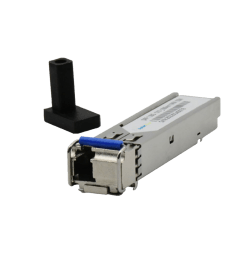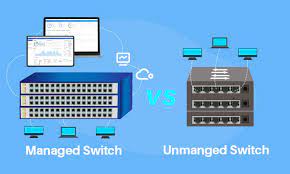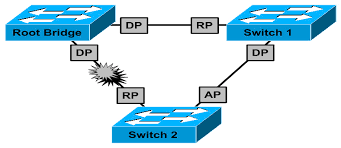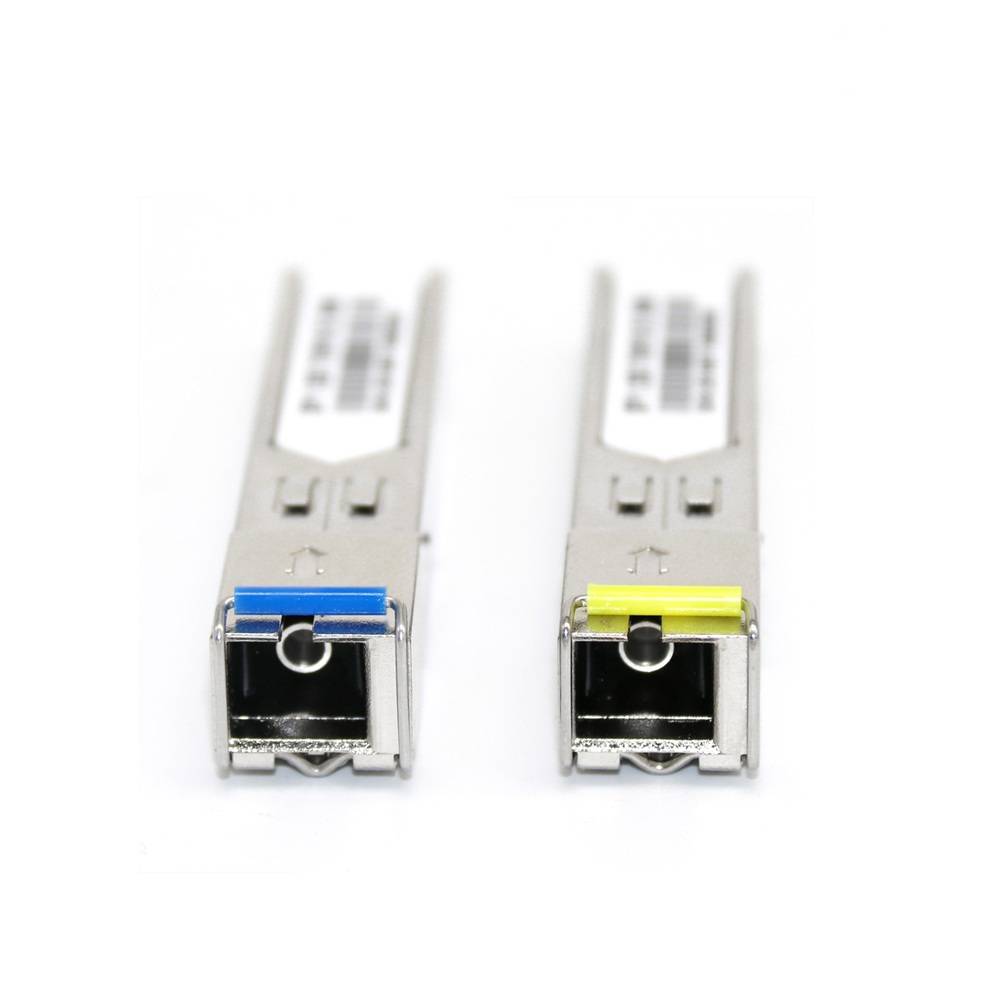Which is better fiber optic or wireless link?
Fiber optic connection or wireless link?
You may already be biased towards fiber and wireless internet, and in fact, many aren’t even in a place where they can choose between the two.
But, what happens when you have to choose between the two? If you could choose between the two, which option would be better for your use?
We will have an objective look at the pros and cons of each and you can decide which one to choose.
Pros and cons of fiber internet
Fiber Internet is the wired choice of our time. It has replaced traditional copper-based facilities such as T-1, DSL and Ethernet over Copper. With high speed and highly reliable service, we have found that our customers only choose copper if they don’t have access to fiber or it’s too expensive to get it.
+ 1: Connection quality
The best advantage of fiber optic internet is the quality of your connection. Unlike other wired and especially wireless connections, the fiber signal is hardly degraded the further it travels from the source of the connection. For example, copper has a distance limitation that cannot even be extended enough with repeaters. At a certain distance, your signal simply weakens or disappears.
In addition, fiber has significant resistance to electromagnetic interference (EMI) and radio frequency interference (RFI), meaning that the signal will not be disturbed by things that carry an electrical signal, such as power lines or the physical infrastructure of your building.
Since environmental factors have little effect on fiber, its speed ranges from 50 Mbps to 100 Gbps. This speed is unmatched by competing technologies.
+2: Security
Another benefit of using fiber is the ability to maintain a more secure network. The only way to disrupt the fiber optic internet is to cut the cable. If one fiber cable is compromised, the entire system is affected due to signal disruption, allowing you to identify and fix breaches more quickly. This is in contrast to copper internet, which can be used to intercept data without you knowing.
Since no signal leaves the cable, this prevents others from eavesdropping on you “through the transmission” and makes your network more secure.
+ 3: Scalability
Optical fibers are five times smaller and twenty times lighter than copper wires, making them easier to install than other options. They can also easily upgrade equipment, as new cables can be placed over the original fiber. This makes it a great solution for growing businesses or those looking to expand their network.
+ 4: Total cost
Although the initial cost may be higher, the overall cost of using fiber optic internet is lower than other methods.
Fiber cables are less expensive to maintain because they are resistant to corrosion, making their connection much more reliable. This makes them a prime choice in areas where other wires may be exposed to the elements and need to be replaced over time.
A study by Grand View Research predicts continued growth in fiber consumption. As it becomes more popular in the market, the prices continue to be at a competitive level, which makes it economically viable for businesses as well.
– 1: Risk of damage
While there are benefits to fiber optic cables being thin and thin, they are also more susceptible to physical damage. If unprotected, these cables are significantly easier to damage during rewiring or infrastructure reconstruction. It is important that when installing cables that can work with fiber cables, they are especially damaged in the corners.
– 2: initial cost
With the lowest overall cost, compared to other traditional connection methods, there is still an initial setup cost that may worry you and put you off running fiber optic.
Pros and cons of wireless internet
Wireless, both free and licensed frequencies, has been around for years. This technology has made significant progress since then, and bandwidth of 1000 Mbps or more is possible in short distances. It provides a low-cost connection to your company’s network and freedom of movement, but bandwidth limitations and security risks may be enough to push you the other way.
+ 1: initial cost
Wireless networks are the best solution in places where fiber has not been implemented before. Many installation costs are reduced. For a short-term fix, wireless may be the best option for your company. You only need an antenna and access to the network to which the antenna is connected.
+ 2: Fast installation
With a wireless Internet connection, it is possible to set up an instant connection if there is an antenna. No drilling is required and there is no reliance on a third party such as the telephone company or a fiber installation company.
-1: Signal strength
One of the biggest problems with wireless internet is that the signal strength decreases as you move away from the transmitting station.
– 2: Security
Maintaining security with wireless networks is much more than fiber optic network. Anyone with sufficient skill can access a wireless network where a fiber optic cable must be cut for access. There are also limited ways to track them. Cracking is more difficult when using licensed spectrum, but with wi-fi, the security risks may lead to using it only for general use transmissions rather than data that needs to be truly protected from compromise.
If maintaining a secure network is extremely important to your business, using a wireless Internet connection, especially an unlicensed frequency, may not be the right choice for you.
Fiber vs. Wireless Internet: Which is Better for Your Business?
While this decision comes down to your business goals and future plans, that’s not to say you can’t have the best of both.
A wireless network is a great backup solution in case the fiber optic internet goes down. The two can, and should, complement each other, providing the speed and reliability of fiber with wireless mobility. This program is also useful for rural areas where running fiber is very expensive. Permitted frequency usage is available if you are transmitting any sensitive data so you don’t risk using vulnerable public frequencies.
For those in an urban area, fiber optic cables, probably already installed, are available from Fiber Optic Internet Telecom or other fiber optic Internet providers.









